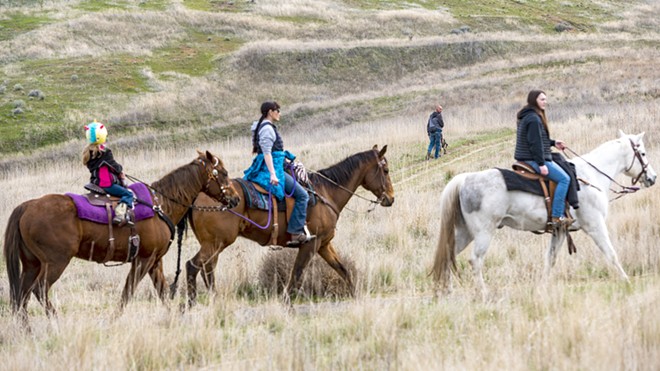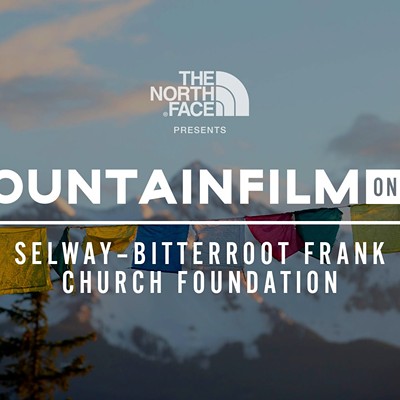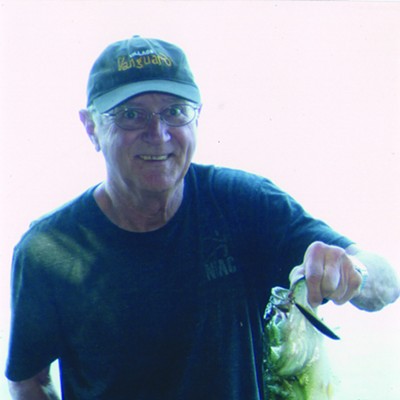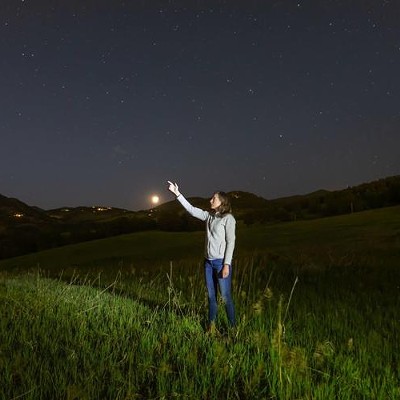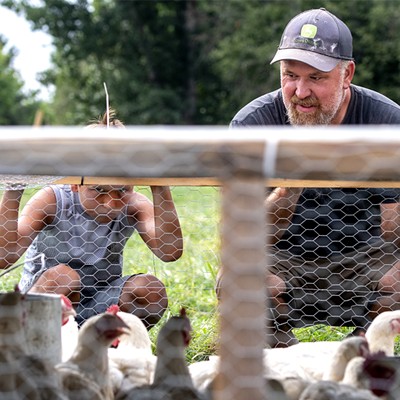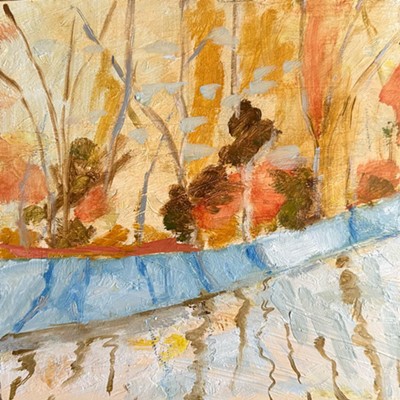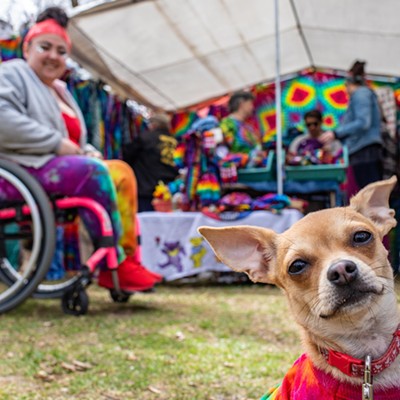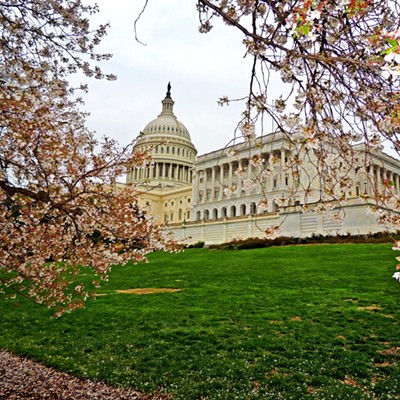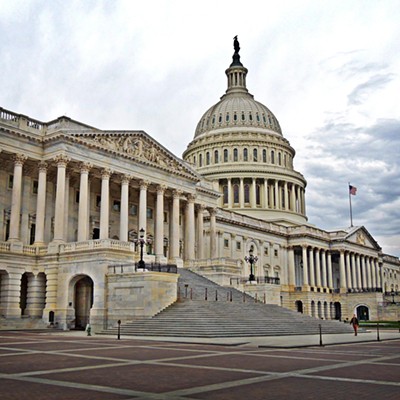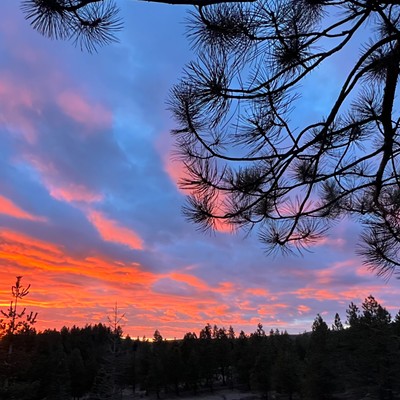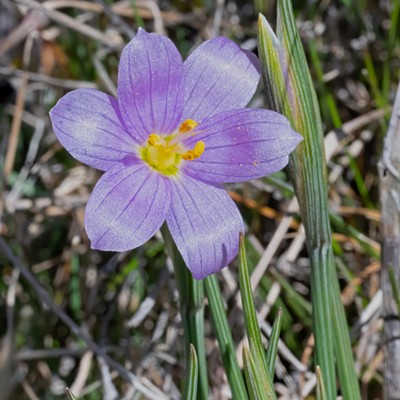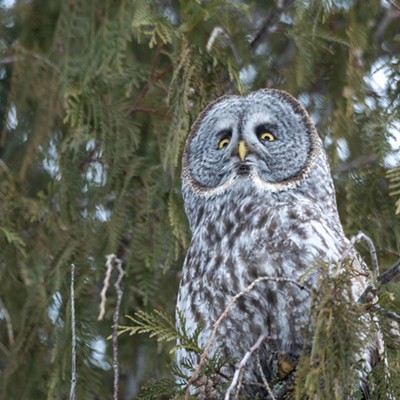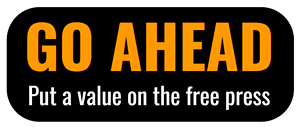As we turn to nature for solace during the pandemic, horses will be sharing our trails. Here’s how to coexist safely.
Commentary
by Karen Young
As a horse person who rides trails locally, I’ve noticed a huge upsurge in hikers and bikers since the COVID-19 virus appeared in our lives. I want to cheer you all on for getting out and getting exercise in our beautiful outdoors.
But I also want us all to be safe. Let me explain something about horses: They are large, fast, strong flight animals. A flight animal is an animal that runs first and asks questions later; a prey animal. We humans are predators. Our eyes are on the front of our faces. A horse’s eyes are on the sides of its face, and it can see almost 360 degrees, but not so well directly in front. Horses have much better hearing than we do, and can swivel their ears to hear all around, something we cannot do. As a prey animal, horses have evolved to run away from strange sights and sounds. If they cannot run away, they “blow up.” If they run or blow up, everyone near them is in danger of being badly hurt or killed. That’s the reason that in Idaho and Washington, horses have the right of way on trails.
When I am riding a trail, my horses are usually aware of any other trail travelers long before those people know I’m present. I am careful to try to set them up in a place where we can all have a safe encounter, but lately, with the much larger numbers of hikers, this has been challenging.
Here’s how you can help if you encounter horses on a road or trail:
- As soon as you’re aware that a horse is approaching, step to the downhill side of the trail (predators leap from on top) and talk to us, don’t hide behind anything or crouch. Control dogs and small children. Children should only approach a horse when the rider has given permission, and then slowly and quietly.
- If you’re on a bicycle and you see horses approaching, step off the bike on the downhill side of the trail, talk to us and wait until we pass. If you see a horse ahead of you and you want to pass, talk to the rider but do so without riding very close, or fast. We will pull over in a safe place and let you go by, slowly, please.
- It’s the same for motorcycles and all-terrain vehicles. If I get off the trail and motion you to pass, do so slowly and keep a slow pace until you are a good distance away.
Talking is the best way to reassure most horses. Say hello, and keep us all safe.
Karen Young, of Lewiston, is a member of Twin Rivers Back Country Horsemen. She takes her horses Belle and Babu on frequent trail rides.

